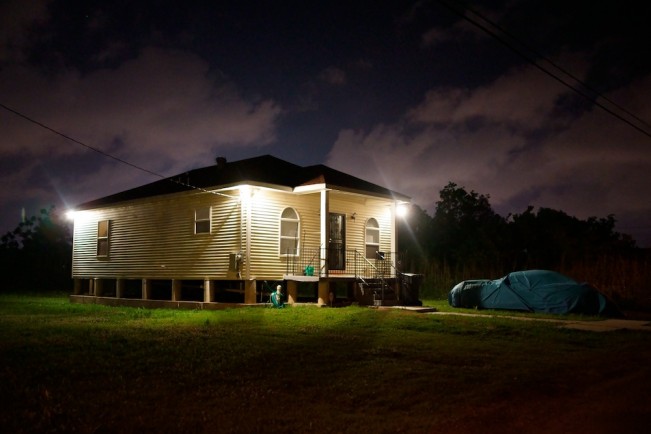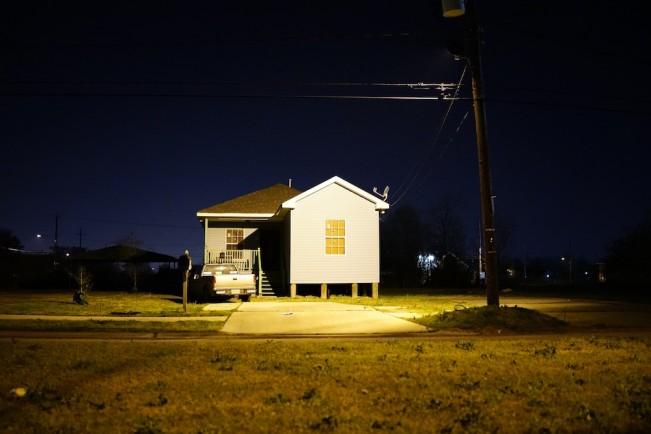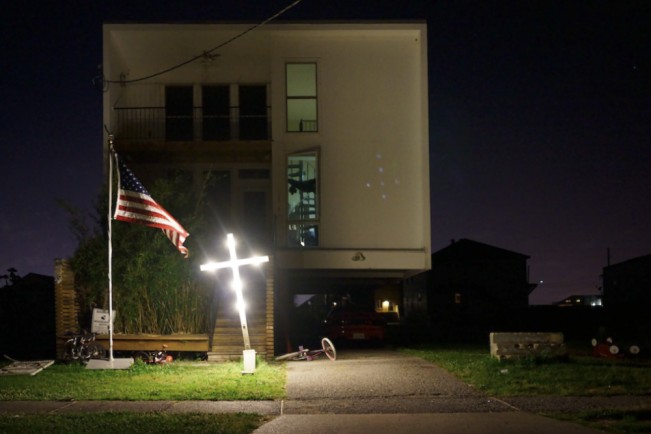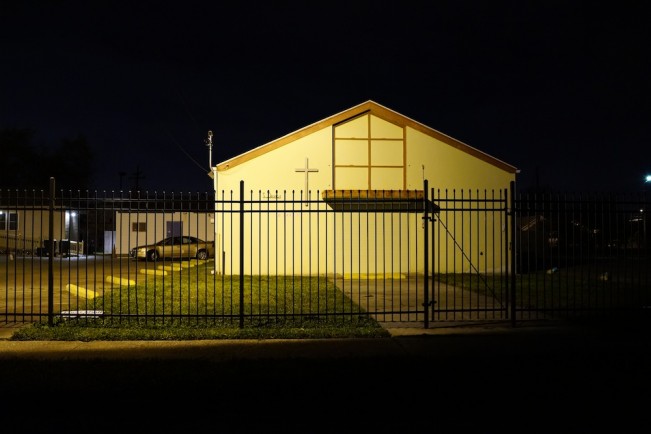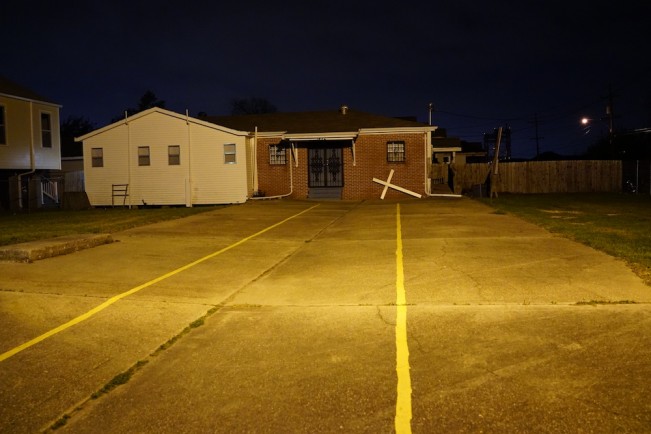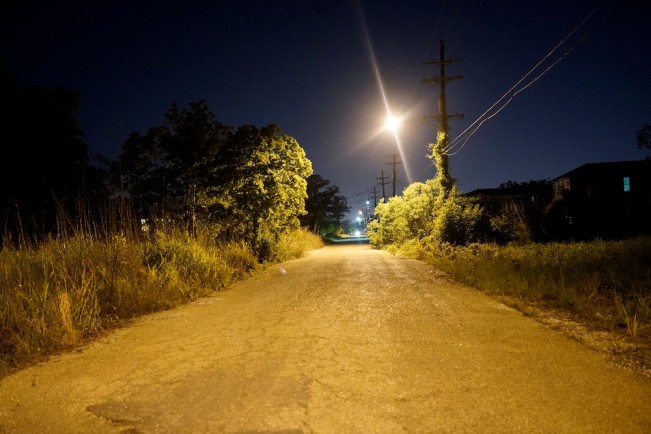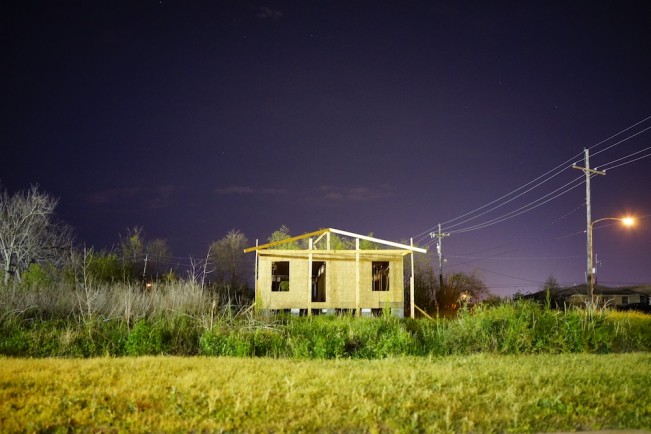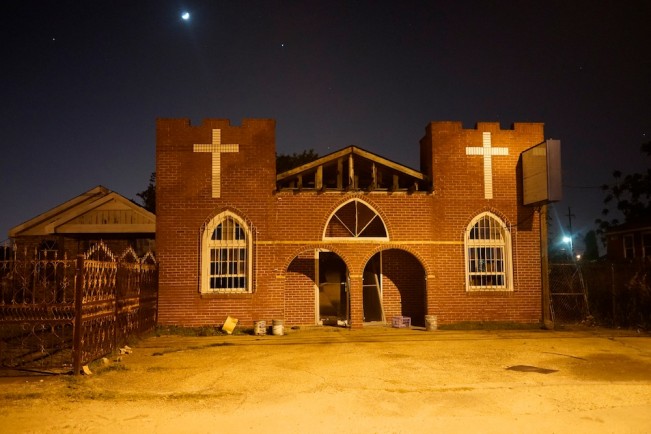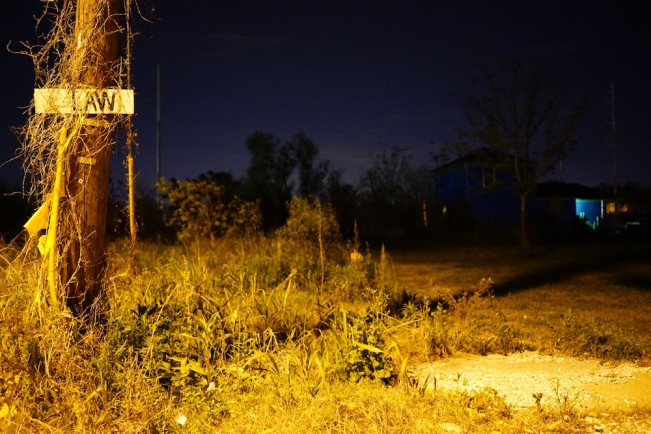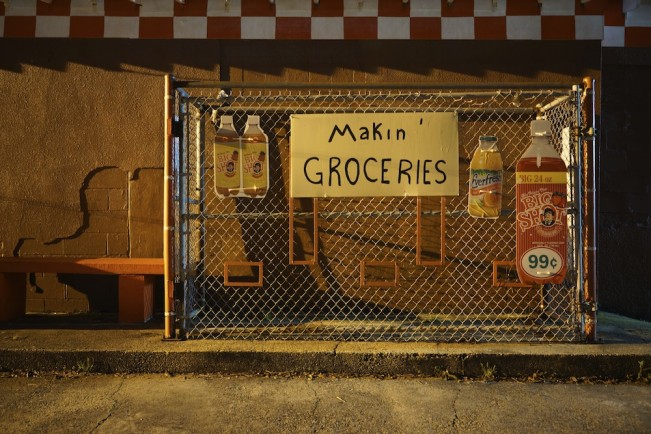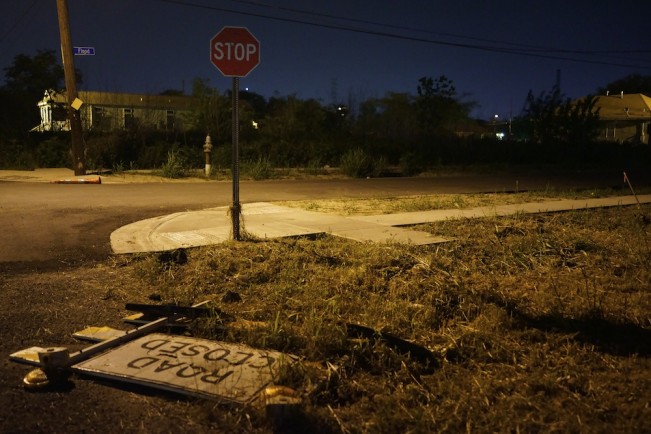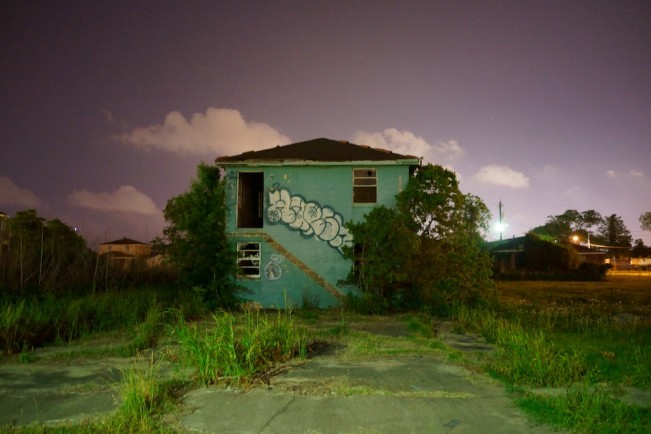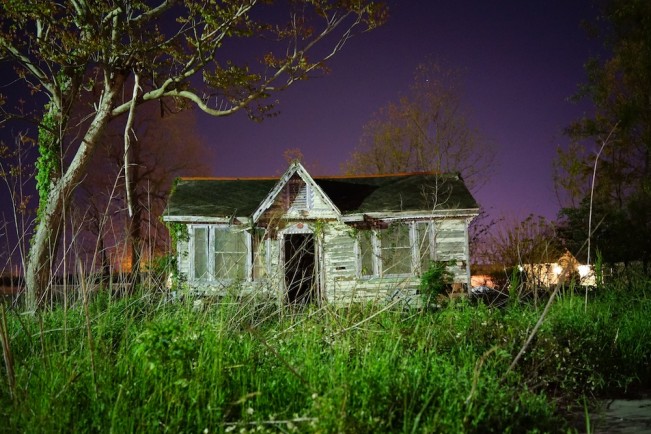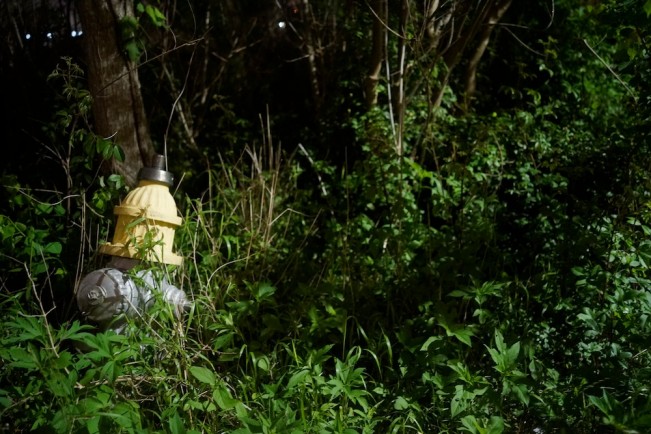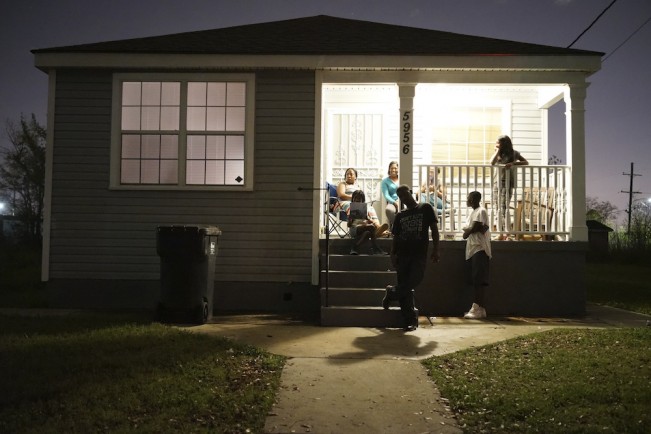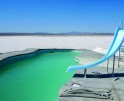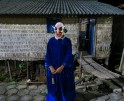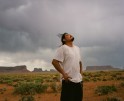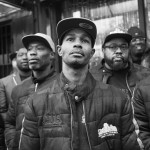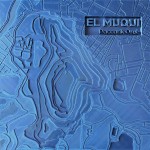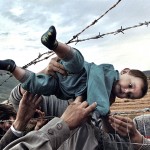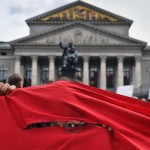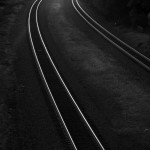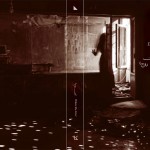Katrina, 10 Years Later: Jane Fulton Alt: The Ninth
Ten years ago today, we sat in front of our televisions screens watching the horror of Hurricane Katrina. Thousands of people we displaced as water filled homes, streets and communities. After the nightmare of the storm and evacuation were over, communities were left devastated for years to come, most never to return to what once was. Photographer Jane Fulton Alt captured the travesty in the Ninth Ward ten years ago and over the years has returned to discover a community that continues to be disconnected and less than whole.
Jane Fulton Alt is a bi-costal photographer, living and working on the shores of Lake Michgan in Evanston, Illinois, and in close proximity to Lake Pontchartrain in New Orleans. Alt received the 2007 Illinois Arts Council Fellowship Award, multiple Ragdale Foundation Fellowships and is a three time winner of Photolucida’s Critical Mass for her Katrina and Burn portfolios. She has authored Look and Leave: Photographs and Stories of New Orleans’s Lower Ninth Ward and her Crude Awakening portfolio was printed in multiple publications worldwide. She received the Photo District News 2011 Curators Choice Award and the Humble Arts 31 Women in Art Photography, 2012. Alt’s work is in the permanent collections of the Museum of Fine Arts in Houston, Smithsonian National Museum of American History, New Orleans Museum of Art, De Paul University Art Museum, Southwest Museum of Photography, Beinecke Library at Yale University, Centro Fotografico Alvarez Bravo in Oaxaca, Mexico, Center for Photography at Woodstock, Harry Ransom Humanities Research Center, and the collection of William Hunt. Her most recent work, The Burn, was published in the fall of 2013 by Kehrer Verlag. Alt is an avid instagrammer. More of her work can be viewed at https://instagram.com/janefultonalt/
The Ninth
I first photographed these streets almost ten years ago. In the aftermath. I had come to New Orleans to serve as a clinical social worker in the city’s post-Katrina “Look and Leave” program. The Lower Ninth was the epicenter of the storm’s haphazard fury. A neighborhood of more than 14,000 residents before the storm, now houses only an estimated 3,000, in a 1.6 square mile area bounded by Florida Avenue, St Bernard Parish, St. Claude Avenue and the Industrial Canal.
I have returned many times. Summoned, it seems. Called back by lingering ghosts of that devastation to mark the Lower Ninth’s slow and heroic transfiguration. And always aware of the limitations of any one story, of any one set of eyes.
What was whole is now torn. Where house after house once bumped shoulders in raucous juke-joint jamborees, many now stand solitary, as if wallflowered. But the fabric of community that remains, after being darned and patched, speaks to the enduring mystery and tenacity of a singular place and people.
Thus, under the cover of night, at the intersection of presence and absence, of the past and the future, I remain captivated by spirits manifest in the dwellings of the Lower Ninth: their menacing beauty, so fierce and proud, their stoic grace, their tender jasmine tranquility…
Posts on Lenscratch may not be reproduced without the permission of the Lenscratch staff and the photographer.
Recommended
-
Andrew Lichtenstein: This Short Life: Photojournalism as Resistance and ConcernDecember 21st, 2025
-
Paccarik Orue: El MuquiDecember 9th, 2025
-
Lauri Gaffin: Moving Still: A Cinematic Life Frame-by-FrameDecember 4th, 2025
-
Dani Tranchesi: Ordinary MiraclesNovember 30th, 2025
-
Art of Documentary Photography: Elliot RossOctober 30th, 2025

